Topics
Category
Era
St. Paul Sokol
When Czech and Slovak immigrants moved to Minnesota in the late nineteenth century, they carried with them the idea of a Sokol—a social, cultural, and gymnastics society that combined physical and mental education. In 1900, St. Paul residents formed the St. Paul Sokol. It became very popular and inspired the creation of Sokols across the Midwest. The St. Paul Sokol has served as a community center for more than one hundred years.
The Sokol movement was founded in 1862 by Dr. Miroslav Tyrš and Jindrich Fügner in the city of Prague, which was then part of the Austro-Hungarian Empire. "Sokol" is the Czech word for falcon. Dr. Tyrš chose the name because falcons symbolize fearlessness, swift action, and sure flight.
Sokols were intended to strengthen the Czechoslovakian nation through physical and moral training. The state of Czechoslovakia was not created until 1918, but Czechs had been fighting to gain their independence and maintain their culture since the 1600s. European Sokols became an important part of that movement. In 1865, Czech immigrants brought Sokols to the United States. In the US, Sokols maintained Czech culture and history while promoting American assimilation.
The first Sokol in St. Paul was formed in 1882. It ran small physical education classes and sponsored dances in the winter and picnics in the summer. The Sokol also organized joint outings with the Turners, a German physical culture society. In 1885, the Sokol adopted the name Sokol Zizka, after Czech Hussite General John Zizka. Interest in Sokol Zizka waned, however, and it closed in 1890.
In 1900, after the arrival of Czech immigrants from Eastern cities, St. Paul formed a new Sokol. The St. Paul Sokol became very popular. Immigrants joined the Sokol for its physical training activities and its dramatic singing programs. The St. Paul Sokol helped to spread the idea of Sokol to neighboring states and other Minnesota towns. In 1906, women joined the Sokol and formed a ladies' auxiliary.
In 1915, the St. Paul Sokol participated in its first slet—a gymnastics competition and public exhibition—at Harriet Island in St. Paul. The slet was organized by the District of Minnesota Sokols, a regional organization that included the St. Paul Sokol.
Sokol development slowed during World War I. Many Sokol members enlisted in the Canadian or US army to fight against Austria. Yet the St. Paul Sokol remained popular after the war. In 1926, the District of Minnesota Sokols built a camp in Pine City, Minnesota.
From 1900, the St. Paul Sokol used the CSPS (Czech Slavonic Benefit Association) Hall as a gymnasium. The hall, located on Michigan Street in St. Paul, was built in 1887 by the Cesko-Slovansky Podpurjici Spolek, or Czechoslovakian Protective Society. It was listed on the National Register of Historic Places in 1977.
The St. Paul Sokol served the Czech and Slovak communities in St. Paul throughout the twentieth century and into the twenty-first century. In 1966, for example, the St. Paul Sokol had 99 members. The Sokol celebrated its 125th anniversary in 2007. In 2012, it offered folk dancing classes and performances; gymnastics classes and competitions; cultural celebrations; ethnic dinners; and language, cooking, history, and genealogy classes.
Bibliography
Sheppard, Karleen Chott. Czechoslavaks (Bohemians): Earliest Settlers in the West Seventh Street Area, St. Paul, Minnesota. St. Paul: Karleen Chott Sheppard, 1979.
St. Paul Gymnastic Society. Sokol Slet, Western District A.S.O, June 18 and 19, 1966. St. Paul: The Society, 1966.
GV461
Strong, Fred H. " 'Sokol': History of an Ideal Two Hundred and Fifty Years Old." Program of the Sokol Gymnastic Exhibition. Pine City, MN: American Sokol Union Minnesota, 1930.
Pamphlets relating to physical education and training in Minnesota
Pamphlet Collection, Minnesota Historical Society, St. Paul
Description: Program for 1930 American Sokol Union Minnesota exhibition, in a collection of pamphlets and printed ephemera relating to gymnastic athletic societies, ethnic group societies for physical training and gymnastics, city athletic clubs, physical fitness, and related topics.
Related Resources
Primary
"Czech Hall now Historic Site." St. Paul Pioneer Press, March 5, 1977.
IHRC196
American Sokol Organization, Western District, Scrapbook, 1975–1978, Records
Czech/Bohemian American Collection, Immigration History Research Center, University of Minnesota, Minneapolis
http://www.ihrc.umn.edu/research/vitrage/all/am/ihrc196.html
Description: Records of the American Sokol Organization's Western District containing a photocopied scrapbook with clippings and printed ephemera documenting Sokol and Czech American community activities in Nebraska, Iowa, and Minnesota.
IHRC2051
Joseph Pavlicek Papers, 1923–1959
Czech/Bohemian American Collection, Immigration History Research Center, University of Minnesota, Minneapolis
http://www.ihrc.umn.edu/research/vitrage/all/pa/ihrc2051.html
Description: Papers of Joseph Pavlicek pertaining mainly to his activities in various Czech American organizations including the St. Paul Sokol Gymnastic Society.
M375 (Microfilm)
Sokol Slovo, 1968–1979
Microfilm Collection, Minnesota Historical Society, St. Paul
Description: Newsletter for the St. Paul Sokol Gymnastic Society. Issues for October 1978 to November 1979 are published under society's later name, Sokol Minnesota.
Secondary
Erickson, Emily Panushka. "Growing up in St. Paul: West Seventh Street." Ramsey County History 32, no. 2 (Summer 1997): 22–26.
Jandasek, Ladislav. "The Sokol Movement in Czechoslovakia." The Slavonic and East European Review 11, no. 31 (July 1932): 65–80.
P939
Michael Kartak, Czech Pioneers in St. Paul
Manuscripts Notebooks Collection, Minnesota Historical Society, St. Paul
Description: Typed translation of an article that appeared in the 1886 Amerikan Kalendar, giving a brief history of this Czech furrier's family from their 1860 arrival in St. Paul, and the beginnings of the Czech community in the city.
Web
The Minnesota Historical Society's National Register Properties. CSPS Hall.
http://nrhp.mnhs.org/NRDetails.cfm?NPSNum=77000763
The Czech and Slovak Sokol Minnesota.
http://www.sokolmn.org/
Related Images
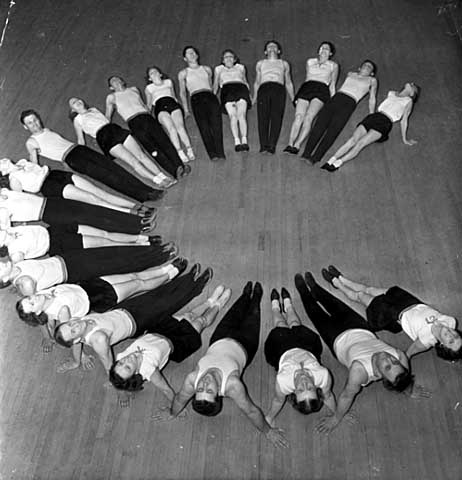
St. Paul Sokol activities
St. Paul Sokol activities, c.1938.
Holding Location
Articles
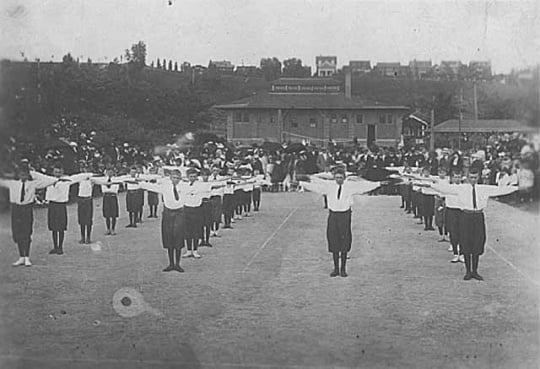
Sokol Slet, Harriet Island, St. Paul
Sokol Slet, Harriet Island, St. Paul, c.1915.
Public domain
Holding Location
Articles
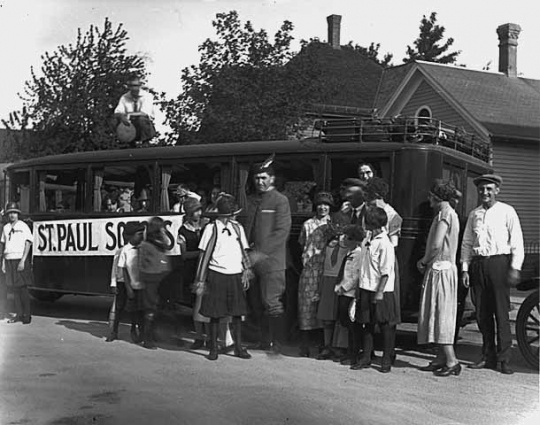
St. Paul Sokols prepare for bus trip
St. Paul Sokols prepare for bus trip, c.1930.
Holding Location
Articles
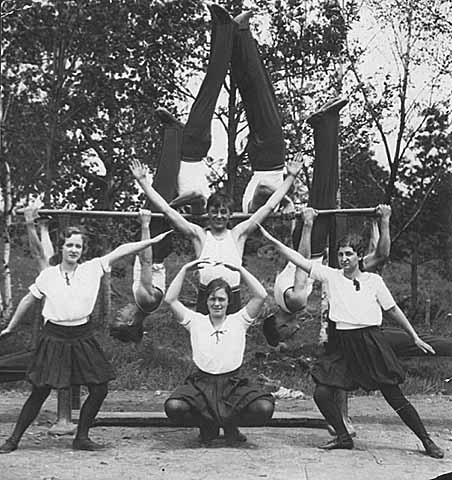
Northern Sokol District instructor classes
Northern Sokol District instructor classes held at Pine City, c.1930.
Holding Location
Articles
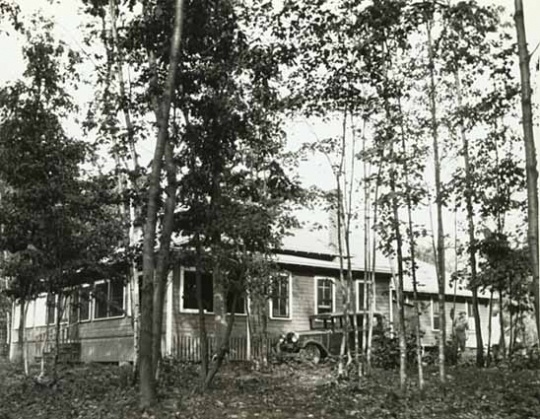
Sokol camp in Pine City
Sokol camp erected in 1926, Pine City, c.1930.
Holding Location
Articles
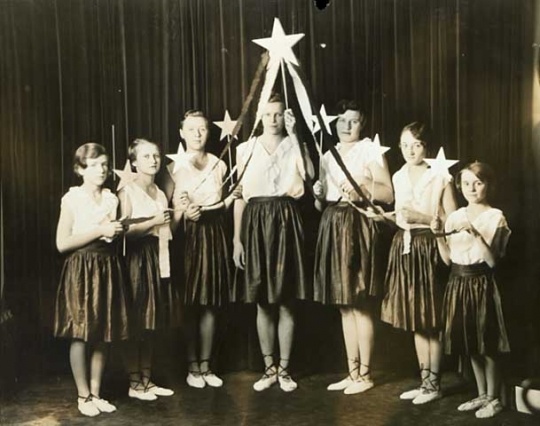
St. Paul Sokol
St. Paul Sokol, c.1931.
Holding Location
Articles
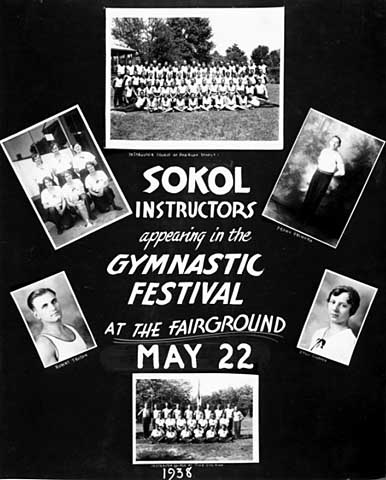
Poster for Sokol gymnastics festival
Poster for Sokol gymnastics festival at the fairgrounds, c.1938.
Holding Location
Articles
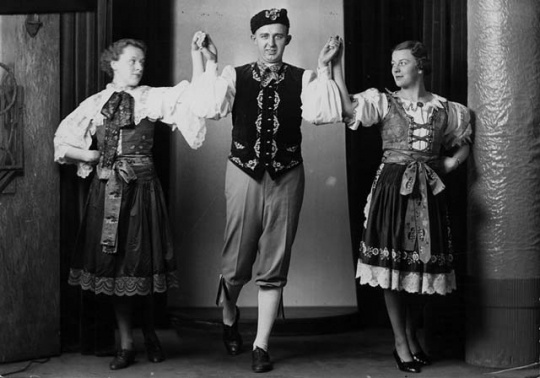
Sibrinky dancers of the St. Paul Sokol Society
Sibrinky dancers of the St. Paul Sokol Society, c.1941.
Holding Location
Articles
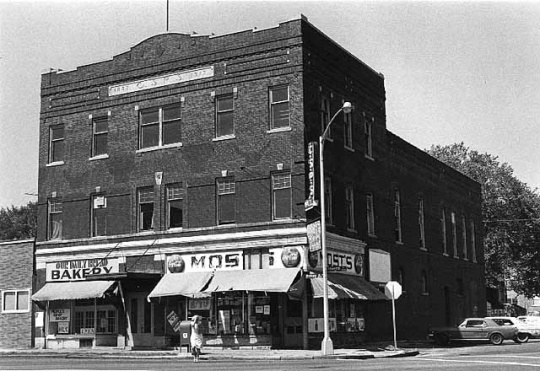
CSPS Hall, home to St. Paul Sokol gymnasium
CSPS Hall, home to St. Paul Sokol gymnasium, c.1976.
Holding Location
Articles
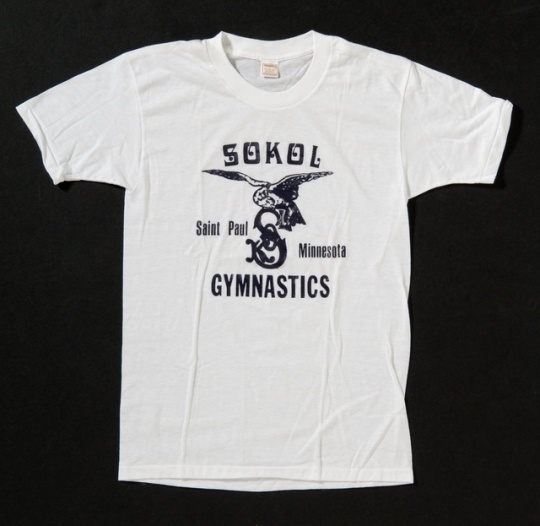
Sokol gymnastics T-shirt
Sokol gymnastics T-shirt, c.1978
All rights reserved
Holding Location
Articles
More Information
Related Articles
Turning Point
In 1910, a new St. Paul Sokol is founded. It serves as a community center for Czech and Slovak immigrants in the Twin Cities and as a model for Sokols elsewhere in the Midwest.
Chronology
1862
1865
1882
1885
1890
1900
1906
1915
1977
Bibliography
Sheppard, Karleen Chott. Czechoslavaks (Bohemians): Earliest Settlers in the West Seventh Street Area, St. Paul, Minnesota. St. Paul: Karleen Chott Sheppard, 1979.
St. Paul Gymnastic Society. Sokol Slet, Western District A.S.O, June 18 and 19, 1966. St. Paul: The Society, 1966.
GV461
Strong, Fred H. " 'Sokol': History of an Ideal Two Hundred and Fifty Years Old." Program of the Sokol Gymnastic Exhibition. Pine City, MN: American Sokol Union Minnesota, 1930.
Pamphlets relating to physical education and training in Minnesota
Pamphlet Collection, Minnesota Historical Society, St. Paul
Description: Program for 1930 American Sokol Union Minnesota exhibition, in a collection of pamphlets and printed ephemera relating to gymnastic athletic societies, ethnic group societies for physical training and gymnastics, city athletic clubs, physical fitness, and related topics.
Related Resources
Primary
"Czech Hall now Historic Site." St. Paul Pioneer Press, March 5, 1977.
IHRC196
American Sokol Organization, Western District, Scrapbook, 1975–1978, Records
Czech/Bohemian American Collection, Immigration History Research Center, University of Minnesota, Minneapolis
http://www.ihrc.umn.edu/research/vitrage/all/am/ihrc196.html
Description: Records of the American Sokol Organization's Western District containing a photocopied scrapbook with clippings and printed ephemera documenting Sokol and Czech American community activities in Nebraska, Iowa, and Minnesota.
IHRC2051
Joseph Pavlicek Papers, 1923–1959
Czech/Bohemian American Collection, Immigration History Research Center, University of Minnesota, Minneapolis
http://www.ihrc.umn.edu/research/vitrage/all/pa/ihrc2051.html
Description: Papers of Joseph Pavlicek pertaining mainly to his activities in various Czech American organizations including the St. Paul Sokol Gymnastic Society.
M375 (Microfilm)
Sokol Slovo, 1968–1979
Microfilm Collection, Minnesota Historical Society, St. Paul
Description: Newsletter for the St. Paul Sokol Gymnastic Society. Issues for October 1978 to November 1979 are published under society's later name, Sokol Minnesota.
Secondary
Erickson, Emily Panushka. "Growing up in St. Paul: West Seventh Street." Ramsey County History 32, no. 2 (Summer 1997): 22–26.
Jandasek, Ladislav. "The Sokol Movement in Czechoslovakia." The Slavonic and East European Review 11, no. 31 (July 1932): 65–80.
P939
Michael Kartak, Czech Pioneers in St. Paul
Manuscripts Notebooks Collection, Minnesota Historical Society, St. Paul
Description: Typed translation of an article that appeared in the 1886 Amerikan Kalendar, giving a brief history of this Czech furrier's family from their 1860 arrival in St. Paul, and the beginnings of the Czech community in the city.
Web
The Minnesota Historical Society's National Register Properties. CSPS Hall.
http://nrhp.mnhs.org/NRDetails.cfm?NPSNum=77000763
The Czech and Slovak Sokol Minnesota.
http://www.sokolmn.org/











